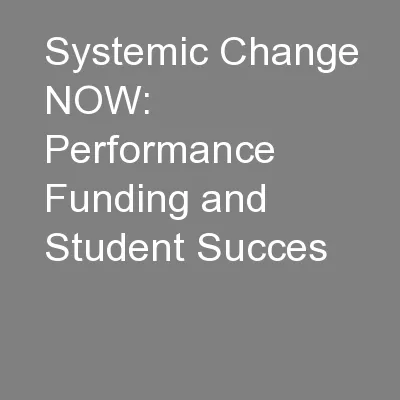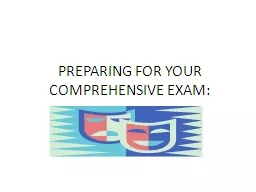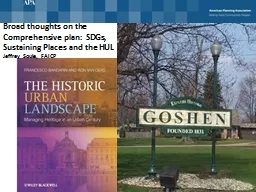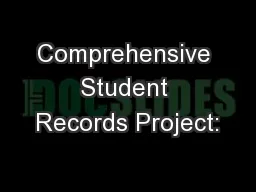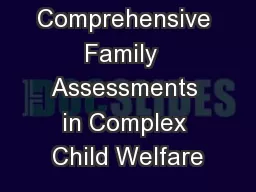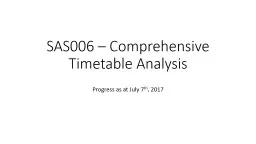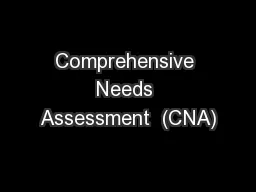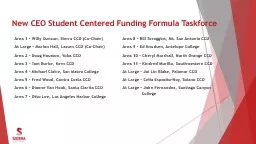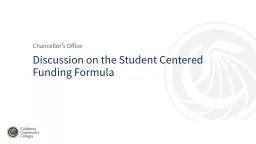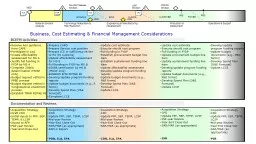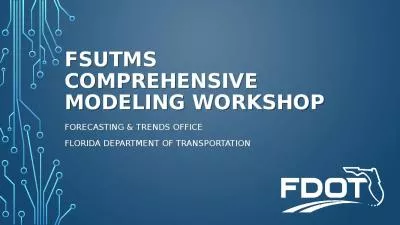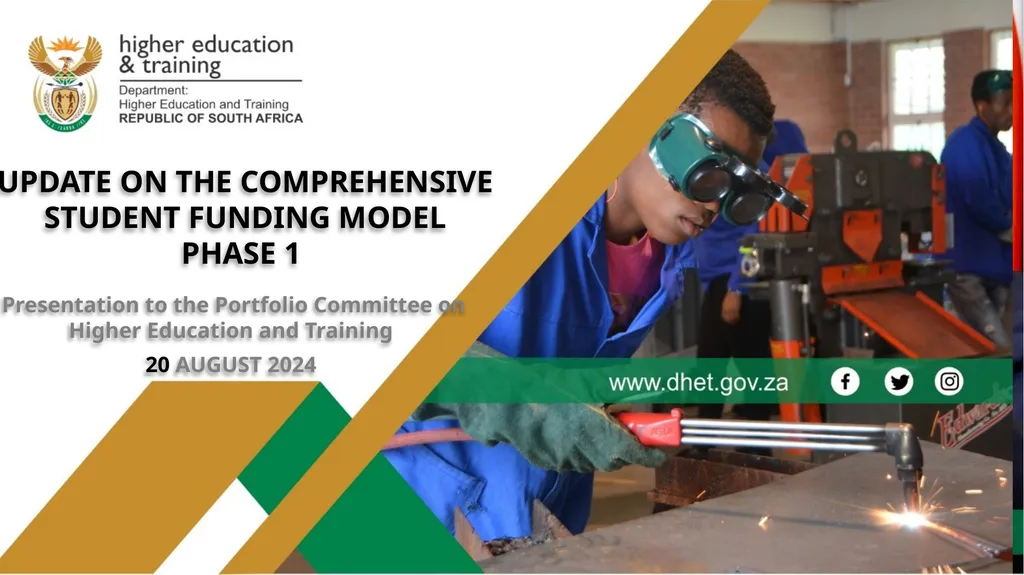
Author : aaron | Published Date : 2025-06-23
Description: UPDATE ON THE COMPREHENSIVE STUDENT FUNDING MODEL PHASE 1 Presentation to the Portfolio Committee on Higher Education and Training 20 AUGUST 2024 BACKGROUND A Ministerial Task Team (MTT) was appointed in June 2021 to support the DHET andDownload Presentation The PPT/PDF document "" is the property of its rightful owner. Permission is granted to download and print the materials on this website for personal, non-commercial use only, and to display it on your personal computer provided you do not modify the materials and that you retain all copyright notices contained in the materials. By downloading content from our website, you accept the terms of this agreement.
Here is the link to download the presentation.
"UPDATE ON THE COMPREHENSIVE STUDENT FUNDING MODEL"The content belongs to its owner. You may download and print it for personal use, without modification, and keep all copyright notices. By downloading, you agree to these terms.
